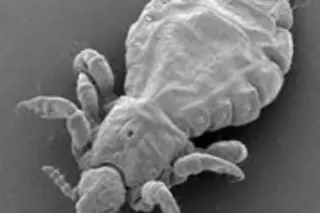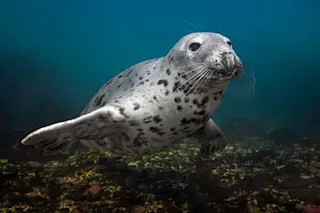Contempt is never wise in biology. The creature that you look down on as lowly, degenerate, or disgusting may actually turn out to be sophisticated, successful, and--in some cases--waiting to tell you a lot about yourself. That's certainly the case for lice. The human body louse, Pediculus humanus, has two ways of making a living--either dwelling on the scalp, feeding on blood, or snuggling into our clothes and come out once or twice a day to graze on our bodies. For lice, we humans are the world. They cannot live for more than a few hours away from our bodies.Only by crawling from one host to the next does their species escape extinction. A group of louse specialists recently decided to find out where human lice came from. Have they been riding on our bodies since before we were human? A comparison of the lice that live on different primates ...
If These Lice Could Talk
Explore the relationship between the human body louse and our ancient ancestors, revealing a remarkable evolutionary connection.
More on Discover
Stay Curious
SubscribeTo The Magazine
Save up to 40% off the cover price when you subscribe to Discover magazine.
Subscribe













